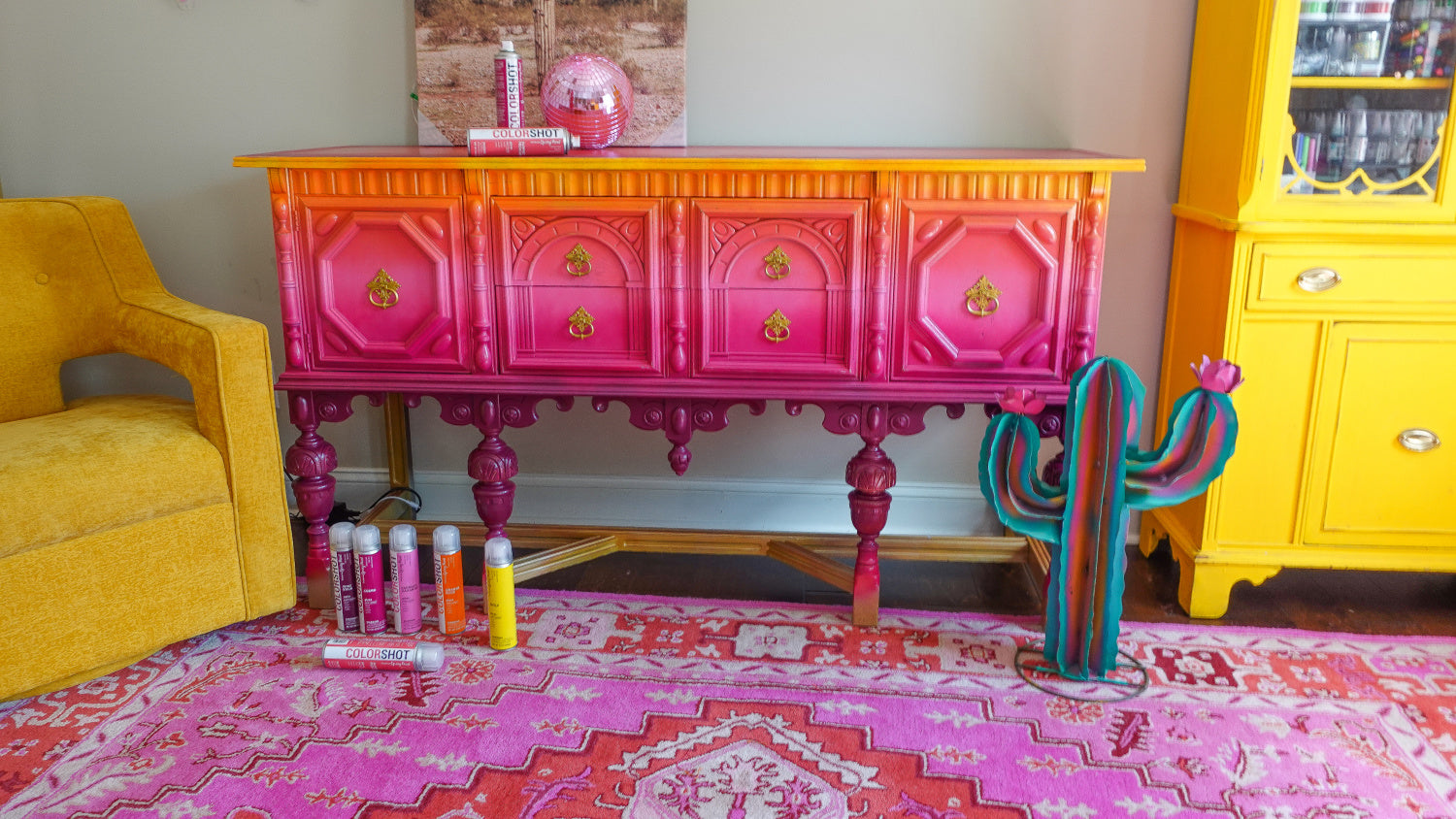That old, slightly battered dresser in your grandparents’ garage? The one with the chipped paint and the drawer that always sticks? Don’t look at it as junk. Look at it as a story waiting for its next chapter. That’s the heart of adaptive reuse—the practice of creatively repurposing vintage furniture for contemporary living.
It’s more than just a DIY project. It’s a design philosophy. It’s about sustainability, about character, about creating a home that doesn’t look like it was ordered from a single catalog. Let’s dive into how you can weave these timeless pieces into your modern space.
Why Bother? The Allure of the Old-New
Sure, buying new is easy. But it’s often… soulless. Adaptive reuse, on the other hand, offers something you simply can’t get from flat-pack furniture.
- Sustainability Champion: Honestly, this is a big one. You’re keeping perfectly good materials out of the landfill. It’s upcycling at its most stylish, reducing the demand for new resources and the carbon footprint of manufacturing and shipping.
- Unbeatable Character: A mass-produced table has no history. A 1970s teak desk has lived a life. The minor imperfections—a small scratch, a faint water ring—are not flaws. They’re a patina. They add a layer of warmth and authenticity that new stuff struggles to fake.
- Cost-Effective Creativity: While some pristine mid-century modern pieces command a high price, many solid wood vintage items can be found for a song at flea markets, estate sales, or even on the curb. Your main investment becomes your time and vision.
- One-of-a-Kind Style: You will never walk into a friend’s house and see the same thing. Your home becomes a curated collection of your own making, a direct reflection of your personal taste and ingenuity.
Getting Started: The Mindset for Modern-Vintage Fusion
The key to making this work is balance. You’re not creating a period-accurate museum. You’re blending old and new to create a space that feels both timeless and of-the-moment.
Look Past the Surface
That orange-stained, heavy-looking 1980s media cabinet? Try to see its bones. Is it solid wood? Does it have interesting lines or cool hardware hidden under that dated finish? Imagine it painted a deep charcoal grey with modern brass pulls. Suddenly, it’s not an eyesore; it’s a potential star.
Function is Fluid
Don’t get locked into an item’s original purpose. A vintage wooden ladder becomes a unique blanket rack. An old sewing machine table, with its elegant iron legs, becomes a stunning bathroom vanity. A collection of wooden crates can be stacked and secured to form an eclectic, modular bookshelf. The possibilities are, frankly, endless.
Real-World Transformations: Ideas to Steal
Okay, enough theory. Let’s get into the nitty-gritty. Here are some of the most effective ways to integrate adaptive reuse furniture into your home.
The Statement Kitchen Island
Instead of a costly built-in island, find a large, sturdy vintage table or a wide desk. Strip it down, sand it, and treat the top with a food-safe, durable finish like hardwax oil. You can even add a contrasting butcher block section. The result? A kitchen focal point with more personality than any standard model.
The Repurposed Dresser
This might be the most versatile piece. A vintage dresser can be:
- A Media Console: Deep drawers are perfect for storing remotes, games, and cords. Just drill holes in the back for cable management.
- A Bathroom Vanity: You’ll need a plumber to cut a hole for the sink and plumbing, but the visual payoff is huge. It instantly adds warmth and charm that a standard vanity lacks.
- Entryway Storage: It provides a surface for keys and mail, with drawers for gloves, scarves, and dog leashes.
Seating with a Story
Reupholstering a vintage armchair or sofa is a game-changer. You get the quality of a solid wood frame and eight-way hand-tied springs (common in older, well-made pieces) for a fraction of the cost of a new, equivalent-quality sofa. Slap on a modern, performance fabric in a bold color or neutral tone, and you have a comfortable, unique seat that will last another fifty years.
A Quick Guide to Common Pieces and Their Potential
| Vintage Item | Common Original Use | Adaptive Reuse Potential |
|---|---|---|
| Steel Desk | Office | Industrial-style kitchen island, potting bench, entryway console |
| Wooden Filing Cabinet | Office | Bar cart, craft supply storage, side table |
| Step Ladder | Utility | Quirky shelving unit, plant stand, towel rack |
| Suitcase | Travel | Side table (stack a few), unique storage for linens, pet bed base |
| Church Pew | Seating | Dramatic entryway bench, unique dining bench |
The Toolkit: A Non-Intimidating Starter Guide
You don’t need a professional workshop. Here’s the basic gear to get you going.
- Cleaning Supplies: TSP substitute is your best friend for cutting through decades of grime and grease.
- Sanders: A random orbital sander for large, flat surfaces and a detail sander for corners and spindles.
- Finishes: Chalk paint is famously forgiving and requires little-to-no prep. For a more durable finish on surfaces like tables, consider milk paint or a quality latex paint sealed with a polyurethane or water-based top coat.
- The Extras: A good set of screwdrivers, a rubber mallet for persuading stuck drawers, and of course, quality brushes.
A Final Thought: It’s Your Story to Tell
In a world that often feels disposable, giving a beautiful old piece of furniture a new purpose is a quiet act of rebellion. It’s a nod to the craftsmen of the past and a gift to the future. It’s not about achieving perfection—in fact, the slight wobble or the visible brushstroke is what makes it yours.
So next time you’re out treasure hunting, look a little closer. That “outdated” piece might just be the most contemporary thing in your home.

